What can be done to finance biodiversity projects? This is the question the banking sector is asking, and it was echoed during COP16 in Cali, Valle del Cauca. Banking leaders discussed financial strategies, policy options and solutions to conserve natural resources.
Conforme a los criterios de

(Lea esta historia en español, aquí)
The event was part of the Finance and Biodiversity Day in Latin America and the Caribbean (LAC), organised by the United Nations Environment Programme Finance Initiative and the Colombian Association of Banks and Financial Institutions (Asobancaria).
According to Jonathan Malagón, president of Asobancaria, banks have a sustainable portfolio of 72 trillion pesos, or 10% of their loan portfolio. As the name suggests, these funds are used to support sustainable initiatives.
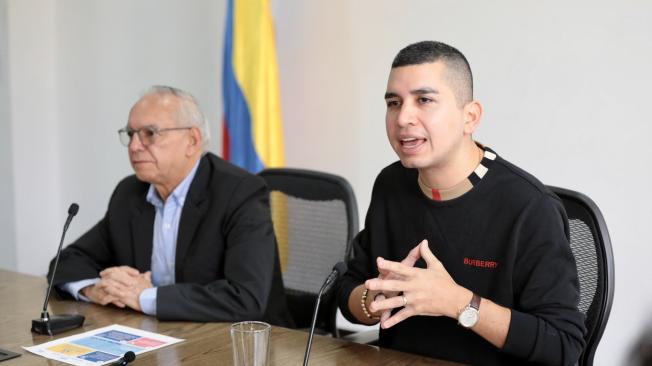
President of Asobancaria, Jonathan Malagón.
Foto:Ministerio de Hacienda
Of the 72 trillion pesos, 17 trillion pesos are in the green portfolio and only 3.5 trillion pesos are in biodiversity and adaptation. Therefore, with COP16 taking place in Colombia, Malagón expressed the need to increase the allocation of funds exclusively for biodiversity.
"We want to increase the portfolio by a factor of six, so we have been thinking about how to bring together different financial instruments to develop projects that will help us conserve, restore and adapt biodiverse ecosystems," he said.
Banks' biodiversity initiatives
The Banco de Bogotá has allocated more than four trillion pesos to its Green Portfolio, projects focused on reducing emissions and supporting the country's energy transition. It expects to increase this allocation to eight trillion pesos over the next three years, with the aim of working for the good of the planet.
At the same time, the company will continue to strengthen its Amazonía debit card. Customers who use it can donate one per cent of the value of their purchases to the restoration of the Colombian Amazon, in the departments of Vaupés and Guainía, and to the planting of mangroves in the Caribbean. So far, 92,000 trees have been planted on 1,500 hectares, resulting in "the restoration of degraded areas, the creation of ecological corridors that promote the connectivity of local microhabitats, and a potential for carbon sequestration of more than 16,000 tonnes," said César Prado Villegas, president of Banco de Bogotá.
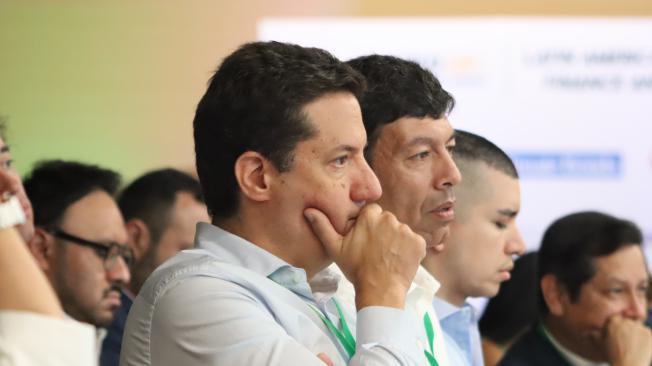
César Prado Villegas, president of Banco de Bogotá.
Foto:Banco de Bogotá
On the other hand, Banco de Occidente highlighted a book with an ecological content, through which it has helped to spread Colombia's wealth. "For more than 40 years, when nobody talked about it, we have understood the biodiversity of our country and we wanted to make it visible with our 'eco-books'," said Gerardo Silva, president of the entity.
The bank also recalled that three decades ago it launched the Planeta Azul (Blue Planet) National Ecology Prize, which has rewarded 118 initiatives by environmental organisations, municipalities, schools and other stakeholders, providing them with economic resources to strengthen their green strategies.
"We finance projects involving hybrid and electric vehicles and solar panels. We are present in the agro-industrial sector. We are committed to biodiversity," adds Silva.
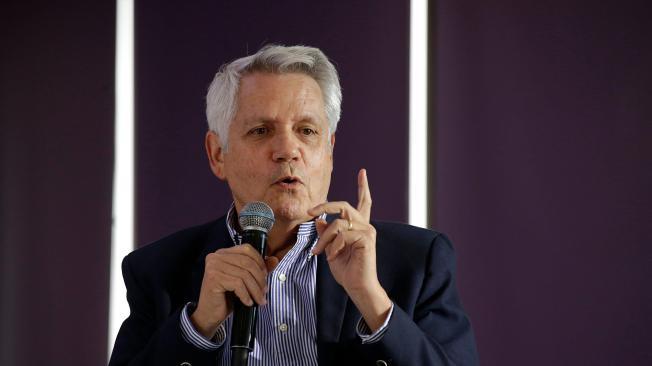
President of Banco de Occidente, Gerardo Silva.
Foto:Juan Pablo Rueda / EL TIEMPO
BBVA Bank claims to have mobilised 32 million dollars for biodiversity-related plans. "But the need is in the most developed departments of Colombia, such as Antioquia and Cundinamarca. The challenge we have in the most biodiverse regions, such as the Amazon, is that there are very few projects," says the bank's executive president, Mario Pardo.
In addition, BBVA is now working with a US$50 million credit line to finance biodiversity conservation initiatives 'that have a positive impact on strategic ecosystems, such as productive land use, sustainable livestock production, watershed and forest restoration, and waste management'.
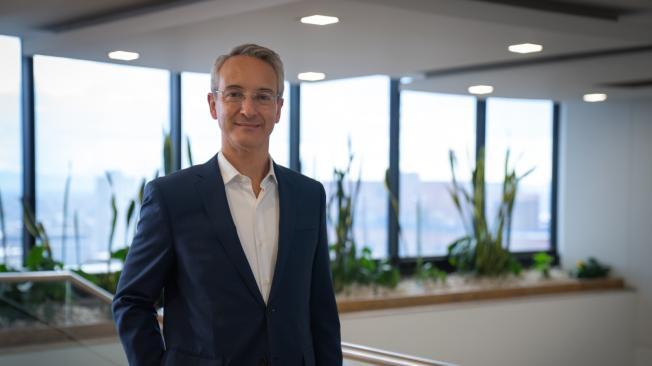
Mario Pardo, executive president of BBVA in Colombia.
Foto:BBVA Colombia.
Davivienda, for its part, has around 17 trillion pesos for its sustainable portfolio, representing 13.13% of its loan portfolio. According to Davivienda, the goal for 2030 is to reach 30% of the total green portfolio, made up of loans with environmental and social benefits.
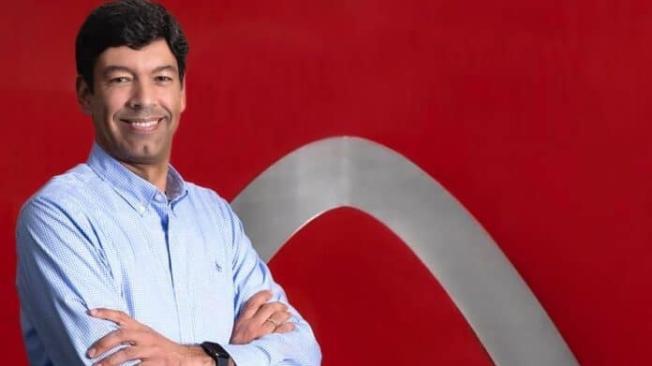
Javier Suárez, president of Davivienda.
Foto:Davivienda
"We want to propose much bolder mechanisms where we commit ourselves and where we ask the government to create a regulatory framework. In such a way that, with the foundations in place, we can make a very important leap," said Javier Suárez, President of Davivienda, on the need to strengthen the allocation of resources.
SEBASTIÁN GARCÍA C.
Special envoy to COP16 in Cali
*EL TIEMPO is part of a conglomerate of companies to which some banking entities belong.
Editor's note: This text is an artificially intelligent English translation of the original Spanish version, which can be found here. Any comment, please write to berdav@eltiempo.com

.png) hace 5 meses
37
hace 5 meses
37






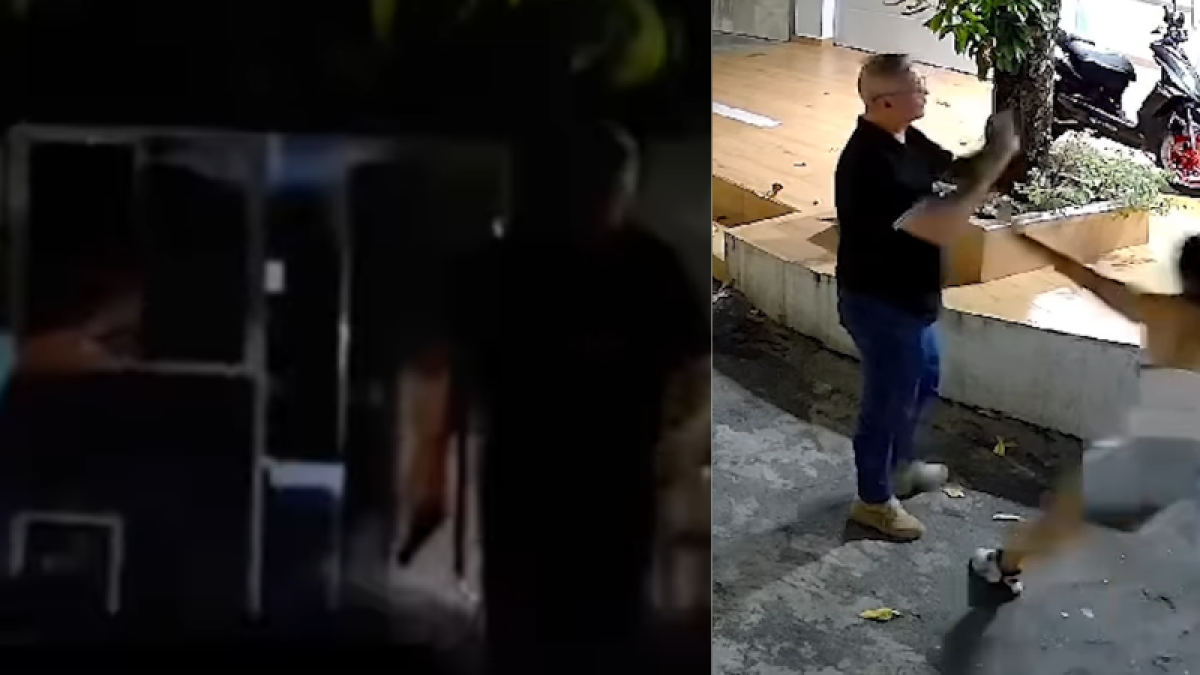

 English (US) ·
English (US) · 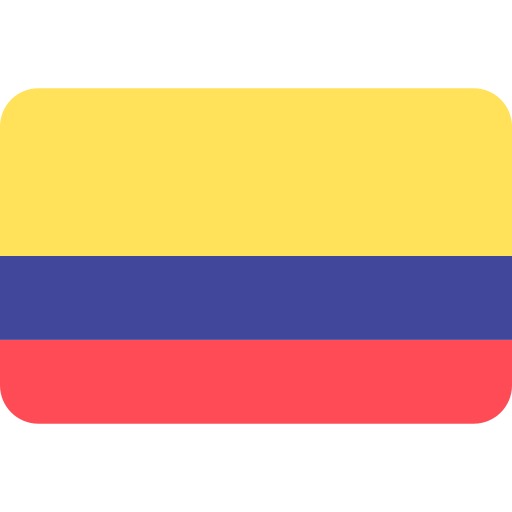 Spanish (CO) ·
Spanish (CO) ·